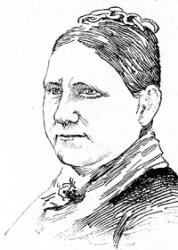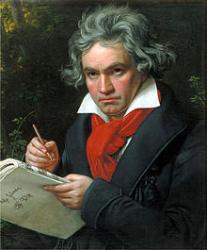
1833 - 1902 Person Name: Mrs. Grace Webster Hinsdale Author of "Are there no wounds for me?" in The Otterbein Hymnal Hinsdale, Grace Webster, née Haddock, a Congregationalism daughter married to Theodore Hinsdale, a lawyer of New York, in 1850. Mrs. Hinsdale is a contributor to the periodical press, and has published Coming to the King, a Book of Daily Devotion for Children, 1865; republished in England as Daily Devotions for Children, 1867. Her hymns include :—
i. From Coming to the King, 1865.
1. A light streams downward from the sky. Heaven.
2. My soul complete in Jesus stands (1855). Safety in Jesus.
ii. From Schaff’s Christ in Song, N.Y., 1869.
3. Are there no wounds for me? Passiontide. Written April, 1868.
4. Jesus, the rays divine. Jesus ever present. Written July, 1868.
5. There was no angel 'midst the throng. Jesus, the Deliverer; or, Redemption. Written April, 1868. The hymn, "Jesus, Thou art my Lord, my God,” in the 1874 Supplement to the New Congregational Hymn Book, is composed of st. viii.-x., xv.-xvii., slightly altered, of this hymn.
6. Thou stand'st between the earth and heave. Virgin and Child. This poem was "written after viewing Raphael's Madonna di San Sisto, in the Royal Gallery of Dresden, Aug., 1867." (Christ in Song.) It is not suited for congregational use.
Her pen name is "Farin."
-- John Julian, Dictionary of Hymnology
Grace W. Hinsdale


 My Starred Hymns
My Starred Hymns



